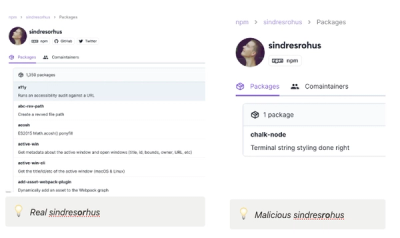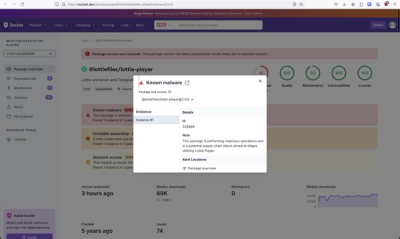| cleanupAttrs | cleanup attributes from newlines, trailing, and repeating spaces | enabled |
| inlineStyles | move and merge styles from <style> elements to element style attributes | enabled |
| removeDoctype | remove doctype declaration | enabled |
| removeXMLProcInst | remove XML processing instructions | enabled |
| removeComments | remove comments | enabled |
| removeMetadata | remove <metadata> | enabled |
| removeTitle | remove <title> | enabled |
| removeDesc | remove <desc> | enabled |
| removeUselessDefs | remove elements of <defs> without id | enabled |
| removeXMLNS | removes xmlns attribute (for inline svg) | disabled |
| removeEditorsNSData | remove editors namespaces, elements, and attributes | enabled |
| removeEmptyAttrs | remove empty attributes | enabled |
| removeHiddenElems | remove hidden elements | enabled |
| removeEmptyText | remove empty Text elements | enabled |
| removeEmptyContainers | remove empty Container elements | enabled |
| removeViewBox | remove viewBox attribute when possible | enabled |
| cleanupEnableBackground | remove or cleanup enable-background attribute when possible | enabled |
| minifyStyles | minify <style> elements content with CSSO | enabled |
| convertStyleToAttrs | convert styles into attributes | enabled |
| convertColors | convert colors (from rgb() to #rrggbb, from #rrggbb to #rgb) | enabled |
| convertPathData | convert Path data to relative or absolute (whichever is shorter), convert one segment to another, trim useless delimiters, smart rounding, and much more | enabled |
| convertTransform | collapse multiple transforms into one, convert matrices to the short aliases, and much more | enabled |
| removeUnknownsAndDefaults | remove unknown elements content and attributes, remove attrs with default values | enabled |
| removeNonInheritableGroupAttrs | remove non-inheritable group's "presentation" attributes | enabled |
| removeUselessStrokeAndFill | remove useless stroke and fill attrs | enabled |
| removeUnusedNS | remove unused namespaces declaration | enabled |
| prefixIds | prefix IDs and classes with the SVG filename or an arbitrary string | disabled |
| cleanupIDs | remove unused and minify used IDs | enabled |
| cleanupNumericValues | round numeric values to the fixed precision, remove default px units | enabled |
| cleanupListOfValues | round numeric values in attributes that take a list of numbers (like viewBox or enable-background) | disabled |
| moveElemsAttrsToGroup | move elements' attributes to their enclosing group | enabled |
| moveGroupAttrsToElems | move some group attributes to the contained elements | enabled |
| collapseGroups | collapse useless groups | enabled |
| removeRasterImages | remove raster images | disabled |
| mergePaths | merge multiple Paths into one | enabled |
| convertShapeToPath | convert some basic shapes to <path> | enabled |
| convertEllipseToCircle | convert non-eccentric <ellipse> to <circle> | enabled |
| sortAttrs | sort element attributes for epic readability | disabled |
| sortDefsChildren | sort children of <defs> in order to improve compression | enabled |
| removeDimensions | remove width/height and add viewBox if it's missing (opposite to removeViewBox, disable it first) | disabled |
| removeAttrs | remove attributes by pattern | disabled |
| removeAttributesBySelector | removes attributes of elements that match a css selector | disabled |
| removeElementsByAttr | remove arbitrary elements by ID or className | disabled |
| addClassesToSVGElement | add classnames to an outer <svg> element | disabled |
| addAttributesToSVGElement | adds attributes to an outer <svg> element | disabled |
| removeOffCanvasPaths | removes elements that are drawn outside of the viewbox | disabled |
| removeStyleElement | remove <style> elements | disabled |
| removeScriptElement | remove <script> elements | disabled |
| reusePaths | Find duplicated elements and replace them with links | disabled |





